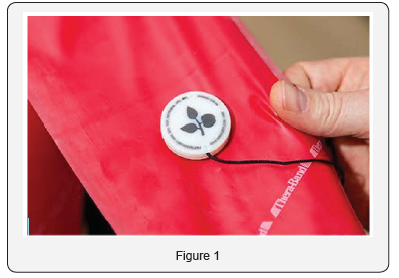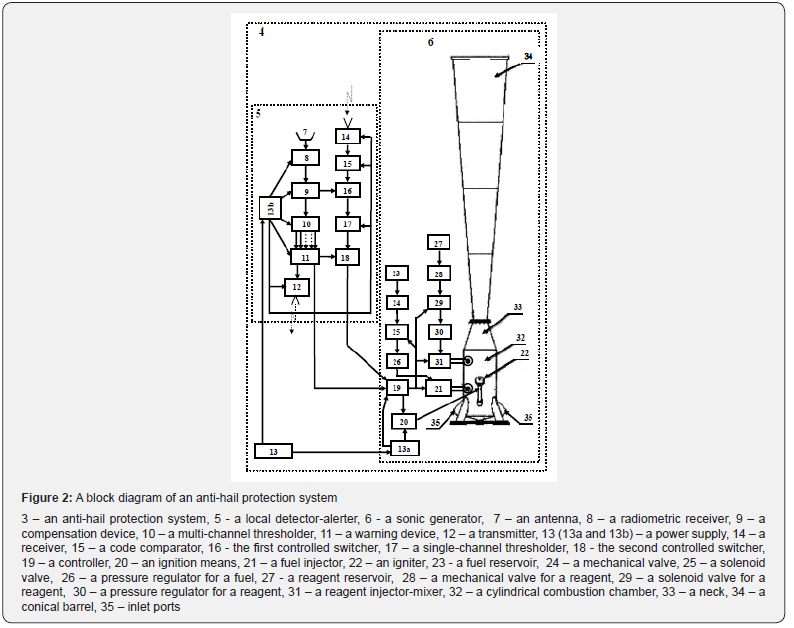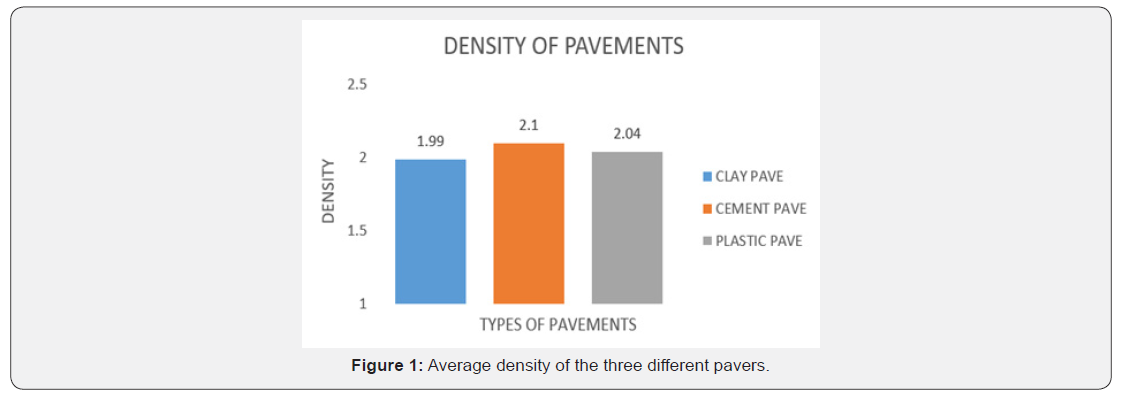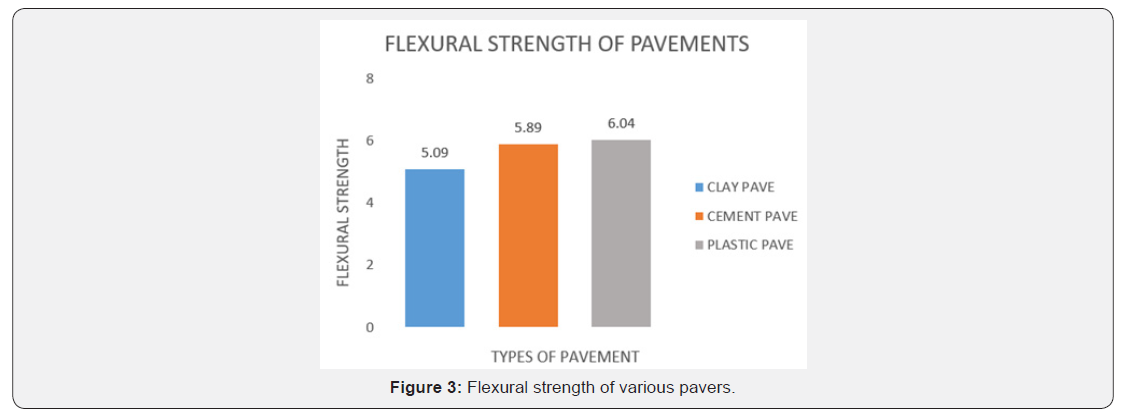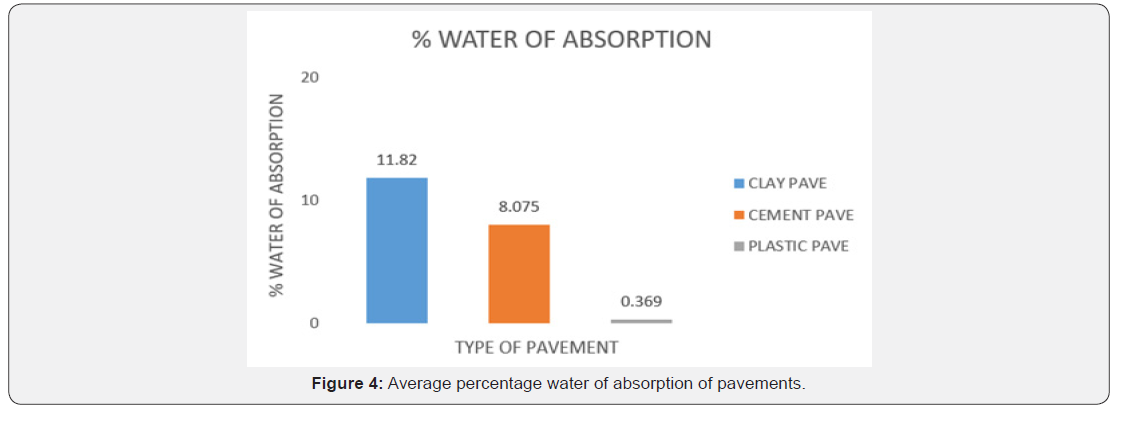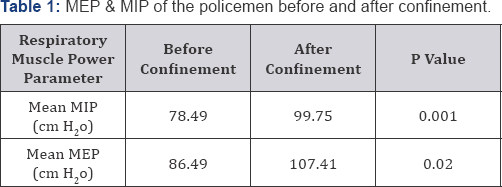Biostatistics and Biometrics Open Access Journal

The rapid changes in Algeria have had and continue to
have a profound impact on infrastructure, economic agents and the
population as a whole. These transformations have already turned the
statistical landscape upside down and will continue to do so. In fact,
the need for statistical data has changed and evolved in terms of the
nature of the statistics, on one hand, and requirements regarding
availability, quality and time, on the other hand. Starting from the
context described above, the development of ONS-Algeria’s quality
approach is essentially based on the capitalization of the work of
cooperation with Eurostat on the principles of the European Quality
Assurance Framework for Official Statistics (QAF), the option for a
participatory and transparent process to enrich this approach and
facilitate its appropriation and lastly, conducting the process in
stages. In driving the process step by step, to optimize its management,
our paper will address the issues related to the design of a roadmap
for implementing the Code of Practice (CoP) for the ENP south countries.
Keywords: Code of practice; Implementation challenges; Quality management; ENP South countries
Abbrevations: QAF: Quality
Assurance Framework for Official Statistics; Code of Practice; GSBPM:
General Statistical Model of The Operational Process; METIS: Statistical
Metadata; SAQ: Self-Assessment Questionnaire; CPI: Consumer Price Index
The rapid changes in the country have had and
continue to have a profound impact on infrastructure, economic agents
and the population as a whole. These transformations have already turned
the statistical landscape upside down and will continue to do so. In
fact, the need for statistical data has changed and evolved in terms of
the nature of the statistics, on one hand, and requirements regarding
availability, quality and time, on the other hand [1-3]. Starting from
the context described above, the development of our quality approach is
essentially based on the following three principles:
a. The capitalization of cooperation initiatives with
Eurostat on the principles of the European Quality Assurance Framework
for Official Statistics (QAF);
b. The choice of a participatory and transparent process to enrich this approach and facilitate our making it our own;
c. And lastly, conducting the process step by step, in order to optimize its steering.
It should be noted that ONS takes into account quality guidelines in the performance of its processes according to
international standards. Indeed, ONS participates in the work of the South Mediterranean Quality Working Group and contributed
to the development of the Regional Code of Practice (CoP) (ENP-South) [4].
In tandem with the “classical” quality approach,
which requires rapid and intense mobilization of resources, and
referring to the QAF guidelines, the quality approach adopted by ONS,
based on the CoP, is a step-by-step and progressive quality approach. It
is organized around four levels of a step by step implementation:
I. Recurring surveys
II. Structural surveys
III. Major operations such as census
IV. The institution
As each survey phase is a potential source of
errors, it is necessary to analyze the different processes within each
phase, to determine the errors and to find the methods to eliminate them
or to reduce them.
Even though ONS applies control actions in carrying
out these surveys, a well-defined quality control system is needed and
is part of the projects carried out by the quality unit. In fact, the
control actions to be integrated into the production process to improve
the quality of the data are:
a. Preventive control actions are put to practice to prevent errors from being verified: we act on the sources of errors.
b. Ongoing control actions are applied to monitor
and correct errors while performing a survey. One can find tools and
methods to identify errors when they are verified and to limit their
effects on the survey results.
c. A posteriori evaluation actions are those
operations that make it possible to measure errors directly or
indirectly, and in particular control surveys carried out after data
collection.
Therefore, all of these control actions represent
the quality control system of a survey. For this reason, when designing
and conducting a survey, part of the budget must be reserved for data
quality control actions.
In addition, the use of the general statistical
model of the operational process (GSBPM), developed by the
UNECE/Eurostat/OECD working group on Statistical Metadata (METIS), to
document our statistical operations. Indeed, the GSBPM has been
developed to provide a standard framework for the operational processes
required to produce official statistics. The GBSPM can also be used to
integrate standards relating to data and metadata, as a model for
process documentation for the harmonization of statistical IT
infrastructure, and to provide a framework for assessing and improving
the quality of data: it is a representation model of the statistical
process. Quality being considered as an overarching process, this model
highlights the principle that quality must be integrated at every stage,
combined with the notion that quality is multidimensional. Hence, this
model is defined by the aspects related, on the one hand, to the quality
of the statistical data (relevance, accuracy, etc.) and, on the other
hand, to the quality of the process (precision of needs, design,
implementation, execution and evaluation) [5,6].
In order to ensure that the implementation, of the
quality approach at ONS, is rigorous; we base its framework on the
following manuals:
i. Quality Assurance Framework (QAF): defining the principles of the quality system.
ii. Code of Practice (CoP): defining the indicators measuring the implementation of the quality system.
iii. The Self-Assessment Questionnaire (SAQ): measuring the implementation of the quality system at two levels:
• Institutional
• Process.
To achieve these objectives, the stages/actions of
the gradual implementation of our quality approach could be broken down
as follows (Table 1):

i. A clear display (website, notes to the technical and regional departments) of the Commitment on Quality by Top Management.
ii. The designation of the technical staff assigned
to the unit in charge of quality support and communication with the
technical departments.
iii. The presentation of quality tools and related
documentation by the Quality Unit, under the control and with the
support of Top Management, to the technical departments.
iv. The implementation of the GSBPM to document the
collection processes for the Consumer Price Index (CPI) and the labor
force surveys, and other surveys deemed appropriate by Top Management.
v. The implementation of the SAQ by the structures that applied the GSBPM.
vi. The implementation of the GSBPM and SAQ for the population census.
vii. A self-evaluation process through the implementation of the SAQ by the institution.
We should note that executives tend to have a
relatively rosy view of how well-defined their culture is and how nicely
it is performing. Those in quality management who are closer to where
the rubber meets the road have a dimmer view. Without consensus on
what’s broken and how bad it is, there will be disagreement on what to
fix. Such discoveries shouldn’t be news to anyone who has lead or is
aspiring to achieve a strong and sustainable culture of quality
excellence.
Hence, at ONS we are aware that it would be
especially helpful if suggestions were woven together to answer at least
a few important questions and improve our approach:
a. Are there any details missing in the approach that must be understood for a successful culture of quality?
b. Because understanding users is critical to guiding success, is there
some intuitive framework or method accessible to management and quality
practitioners alike?
c. Is there a quick, easy, and practical way to
determine how well top management and the rest of the organization
agrees on the cultural characteristics of excellence?
d. Would such a cultural assessment be enough to inspire consensus for action?
Furthermore, from the first stages of
implementation, three guidelines that rise to the top and are strongly
related to each other:
I. All employees must apply the key elements of any strategy for building a quality culture.
II. Closely understand user expectations so we can focus and give them what they want.
III. Develop a formal quality policy, common language, and leader behaviors as deployment mechanisms.
We do understand that changing our culture to
integrate quality excellence is not an easy process. We’ll have good
days and bad days, progress and setbacks. We have to keep going when
change is hard as we are inspired by this Henry Ford’s quote: “One of
the greatest discoveries a man makes, one of his great surprises, is to
find he can do what he was afraid he couldn’t do.”
To Know More About Biostatistics and Biometrics Open Access Journal Please click on:
To Know More About Open Access Journals Please click on: ttps://juniperpublishers.com/index.php
